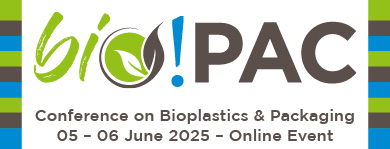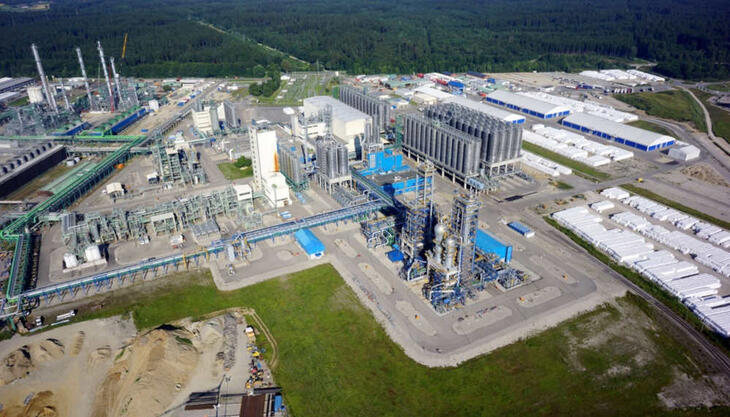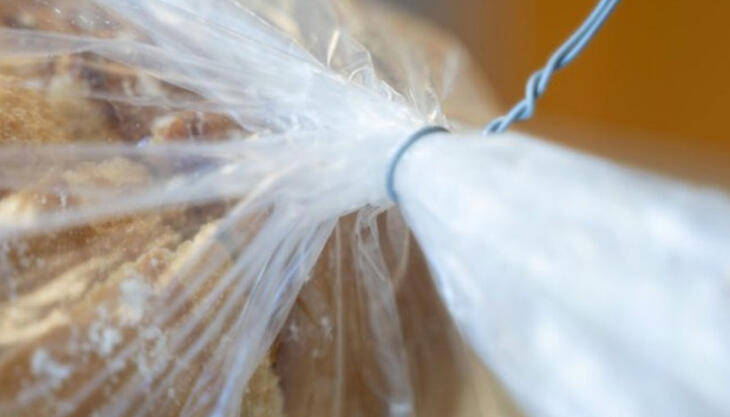A protocol to become one of the most safety company worldwide

The global specialty chemicals company, Perstorp Group has developed a new safety protocol for its seven international manufacturing sites with the help of safety and operations management consultancy, DuPont Sustainable Solutions. The initiative was prompted by Perstorp’s desire to be among the top quartile companies for safety performance.
The specialty chemical producer realized in 2017 that it needed to strengthen its safety culture and do more to improve the health and wellbeing of its employees. The company therefore launched a global initiative called Care 365. As part of this programme, Perstorp set up a global safety project named “Project Dolphin” in January 2018, with the objective of establishing a data-driven baseline of the current situation, benchmarking this against relevant industry standards and obtaining guidance on improvement strategies. The project began by assessing the safety perception of the company’s then approximately 1,500 employees, of which roughly 1,000 work in operations, with the help of the DuPont Safety Perception Survey tool.
“The survey tool is designed to provide insights into attitudes to safety and risks in the company and, in the case of Perstorp, informed the creation of a tailored safety protocol”, says Cédric Parentelli, Managing Director DuPont Sustainable Solutions Europe and Northern Africa. “With a response rate in excess of 85%, the survey results provided important data and necessary information to develop action plans. Eight focus areas were defined, which now make up the framework for the safety work going forward”.
These findings prompted the development of an action plan and a maturity ladder called the Perstorp Careway, designed to close the gap and align leadership and safety culture. As a result of the hard and ambitious work, Perstorp has seen a reduction in its OSHA incident rate by more than half since 2017.
The employee safety perception survey not only served to pinpoint the safety culture at different company sites. It also allowed Perstorp to compare the results with its own employee satisfaction survey. The data showed a strong correlation between those areas where the safety culture was effective and those where performance in areas such as engagement, productivity, trust, workload and stress was equally robust. The company now plans to run the surveys again in late 2019 to check if improvements in safety culture have been achieved and are mirrored by improvements in productivity, motivation and satisfaction.
“When we realized back in 2017 that we needed to improve our safety culture, we wanted to do this in the fastest and most efficient way and so asked DuPont Sustainable Solutions to assist us with developing a good self-assessment tool and protocol for identifying continuous safety improvements”, says Jan Secher, President and CEO of Perstorp. “It has been interesting to see that those areas that performed well in safety, were also the ones where employees were happiest. That indicates that a company with a mature safety culture, in which employees feel appreciated by and cared for by their employer, as well as empowered to act with self-determination, is likely to achieve greater levels of employee satisfaction and motivation, as well as improved results in other areas. As employees become more engaged in the entire operation, we expect this can only have a positive impact on our overall success as a company”.
Perstorp has set itself the goal of reaching a very high level of safety maturity and independence for all its employees with correspondingly low incident rates by 2020. DuPont was therefore also tasked with the training of internal auditors so that Perstorp would be able to manage and run the programme by itself from 2019.
As part of Project Dolphin and other Care 365 initiatives, Perstorp will, in the coming months, introduce new global contractor management systems that focus on safety, an extensive process safety management programme, a health and wellbeing initiative, as well as continue to work on improving the overall safety culture.

















